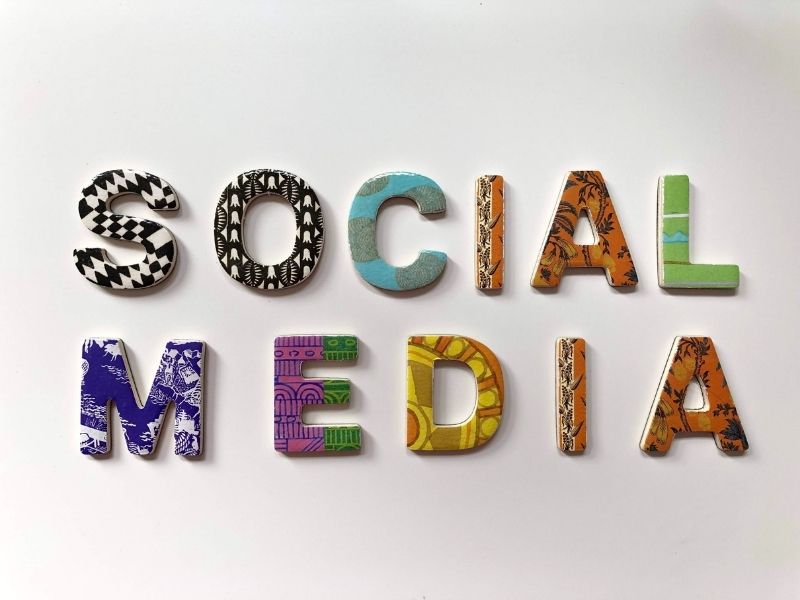 On October 31, 1517, a monk named Martin Luther in Germany nailed a lengthy document of 95 theses that he wished to debate onto the Wittenberg’s castle church door. At that time, the doors of public buildings were often used as a bulletin board to ignite debate and ask questions about civic issues.
On October 31, 1517, a monk named Martin Luther in Germany nailed a lengthy document of 95 theses that he wished to debate onto the Wittenberg’s castle church door. At that time, the doors of public buildings were often used as a bulletin board to ignite debate and ask questions about civic issues.
This is social media.
Although written in Latin, rendering them indecipherable to most of the townspeople who saw Luther’s issues, the next day was All Saints Day, so the numerous visitors came to the church and saw Luther’s document. Word soon made it to the Archbishop of Mainz, who forwarded a copy to the Pope, and soon all of western Europe knew about Luther’s challenge to papal authority.
Luther’s public act of making his grievances against common practices in the church, most notably, the sale of indulgence whereby sinner could pay for their sins to be forgiven, was a type of social media. He found a common thoroughfare, and made his communications public. This form of communication was an early example of social media.
Social media enables you to share your voice
At Sydney Theatre Company on Walsh Bay Wharfs, there’s a large blackboard in the ‘Bar at the End of the Wharf’ where theatre-goers congregate, drinks in hand, before and after productions, as well as during intermission.
It’s decorated with the name and themes of the latest production, along with the scrawlings and sketches of theatregoers. Chalk is provided and theatre-goers are encouraged to leave their comments and a piece of themselves behind. This is social media.
Social media helps you get noticed

Father Rod Bower of Gosford Anglican Church on the New South Wales’ Central Coast isn’t afraid of getting noticed. He uses the church’s notice board outside his church in Mann Street, Gosford, to express his views on topical issues relevant to his local community.
About 20 months ago, he widened his audience significantly, through posting photos of the church’s sign board on Facebook and Twitter, starting with his sign, “Dear Christians, some people are gay, get over it, Love God.”
Father Rod’s unflinching opinions which are critical of both sides of government seems to have a lot of fans. He taps into public debates on social issues and doesn’t shirk complex or controversial topics. As his online community shares his photos, his signs are sometimes seen by between 80,000 and 500,000 people around the world. This is social media.
The medium is not the message
In Marshall McLuhan’s cult book The Medium is the Massage, Marshall argues that technologies are the messages themselves, not the content. Playing on the words of his of-quoted saying “the medium is the message”, Marshall suggests that, while consuming media is relaxing, our pleasure is also deceiving. “All media work us over completely. They are so pervasive in their personal, political, economic, aesthetic, psychological, moral, ethical, and social consequences that they leave no part of us untouched, unaffected, unaltered.” (The Medium is the Massage, page 26.)
Much has been written about the influence of a medium on a message. And this is not a blog post about how to format or alter your approach as you take your message onto Instagram, Twitter, Facebook or Pinterest. But perhaps McLuhan made too big a point of it – perhaps we’re too focused on the medium at the expense of the message?
The effect of the internet and, in particular, the increasing popularity of social media, is much scrutinised at the moment. The results of a 2007 study into the internet’s effects on the brain, titled ‘Your Brain On Google’, by a trio of psychiatrists at UCLA led by Doctor Gary Small, are often quoted – particularly how brain activity is far more extensive for the experienced web surfers than the newbies, notably in areas of the dorsolateral prefrontal cortex which is associated with problem-solving and decision-making.
But heightened brain activity does equal heightened intelligence and it’s this ‘wired’ feeling which is at least partially responsible for other undesirable side effects of prolonged internet use, including insomnia and anxiety.
Psychologists are reporting higher numbers of people presenting with social anxiety exacerbated by social media, a phenomenon that’s leading to calls for regular stints of ‘digital detox’ on weekends and holidays, typically by heavy social media users. Numerous studies show that heavy social media use by individuals prone to anxiety can worsen it. But the same may be true of reality television, and these began in the 1990s or, some argue, as early as 1965 with Chuck Barris’s The Dating Game. For someone prone to social anxiety, talking with or seeing particular individuals may also exacerbate anxiety, but nobody’s calling for restrictions on friends or telephones.
The Medium is the Massage argues that modern media are extensions of human senses and some would argue that smart phones have become extensions of our hands. Naysayers tut-tut about the decline in modern manners and the decay of civilisation, echoing the sentiments expressed when rock and roll music took off. Seems the kids are up to their old tricks of upsetting the status quo again.
The threat of collaboration
Whether a document nailed to a church door, a church sign-board, or a blackboard at a theatre, social media is inherently threatening to traditionalists because it invites feedback and seeks collaboration. Feedback and collaboration necessitates a process of greater transparency, which means being more accountable, more willing to change, and more open to examining mistakes and failures.
Twenty-first century business recognises collaboration as key to its survival. It embraces participation from customers because it knows that the emotional investment customers put into feedback brings a sense of ownership and tacit approval of the worthiness of an offering.
But, unlike the safety of an anonymous suggestion box by the door or the privacy of confession with your parish priest, social media is open and exposed. It invites the moaners, the haters, and those with a sense of entitlement. It uncovers average and subpar products and businesses. And, for managers and businesspeople who’ve grown up without the passage into adulthood of selfies, sexting, trolls and the skillful management of online personas, social media for business may feel amateurish, unprofessional, exposed, and unnecessarily risky.
This is your social (media) business
Too often, businesses that don’t understand social media simply bury their head in the sand without explaining why they’re bucking a trend as a compelling piece of their marketing story.
Poorly managed social media can cause spectacular public relations disasters – stories which are spread by skeptics to justify their resistance. Too often, businesses jump on the bandwagon without taking the time to understand the nature of social media, and show their ambivalence towards its value as a business tool by delegating responsibility to young, unpaid interns. Unsurprisingly, young people whose experience of social media is only as a personal tool, with no training or mentorship in public relations, customer service or crisis management, are ill-equipped for complaints, disasters or trolls.
If you’re going to ask for feedback into your business or offerings, you need to demonstrate that you’re receptive and taking action on information given. Not only will this increase rapport, but it also builds a business’s reputation for integrity.
Your social business is competing not only for attention but for engagement – and key to this is understanding what people care about. Being bland and agreeable on social media is being ineffective and invisible. A skilled social media community manager walks a line between understanding social trends and moods while expressing the personality and ethos of your business. Your social business asks for feedback and implements this. Your social business is interconnected. Your social business keeps up conversations with thousands of leads simultaneous. This is a gift. Use it.
***
Are you ready to get Social Media Savvy?





